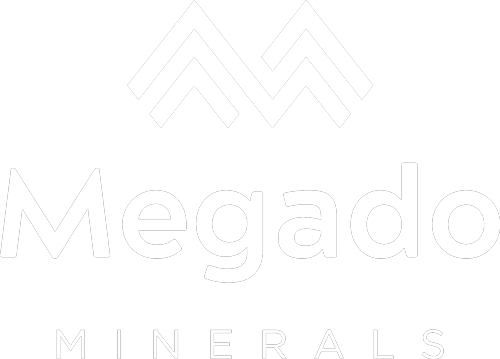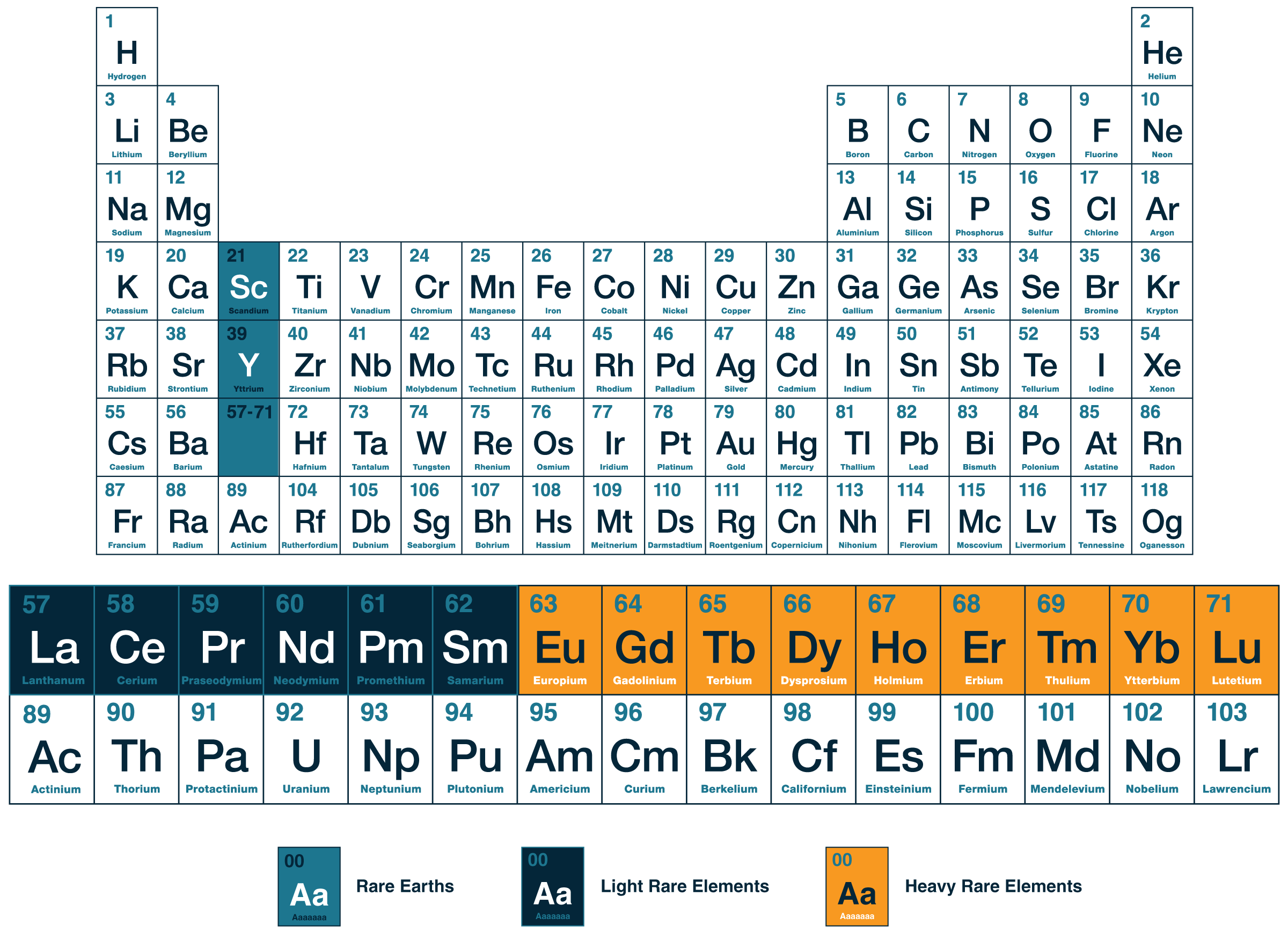CURRENCY: AUD
We are an ASX listed mining exploration company focused on critical minerals in North America.
USA
Critical minerals are defined by the U.S. government as those essential to national security and/or economic development. In 2022, 50 minerals were identified as critical.
Our North Fork Rare Earth Project (North Fork) is focused on a group of critical minerals known as Rare Earth Elements (REE).
REE are a group of 15 elements referred to as the lanthanide series in the periodic table of elements. Scandium (Sc) and Yttrium (Y) are also identified as REE because they exhibit similar properties to lanthanides and are found in similar ore bodies.
REE are referred to as either ‘Light’ or ‘Heavy’ depending upon their atomic weights.
REEs are used in a wide variety of high-technology applications. Many are integral to global decarbonisation.
Demand is dominated by four metals used in the production of high-performance (permanent) magnets. Permanent magnets are critical to the manufacture of electric motors and generators (e.g., EV and direct drive wind turbines).
The four key magnet materials are Nd, Pr, Dy and Tb. These are commonly referred to as Magnet Rare Earth Oxides (MREO).
Adamas Intelligence forecasts that the value of global magnet rare earth oxide consumption will triple by 2035, from US$15.1 billion in 2022 to US$46.2 billion by 20351.
Breakdown of 2019 REE Demand by Sector
Source: Natural Resources Canada 2021
Canada
Canada’s has identified 31 critical minerals and metals considered essential for sustainable economic growth. Of these, the most significant are lithium, graphite, nickel, cobalt, copper and REE.
Our Cyclone Project in Quebec is focused predominantly on lithium. Lithium is used to make energy-dense rechargeable batteries for electronics, electric vehicles, and grid storage. Canada has large hard rock spodumene deposits and brine-based lithium resources.
Over the next decade, McKinsey forecasts the growth of Li-ion batteries at an annual compound rate of approximately 30%. By 2030, EVs, along with energy-storage systems, e-bikes, electrification of tools, and other battery-intensive applications, could account for 4,000 to 4,500 gigawatt-hours of Li-ion demand.
Latest Announcements








